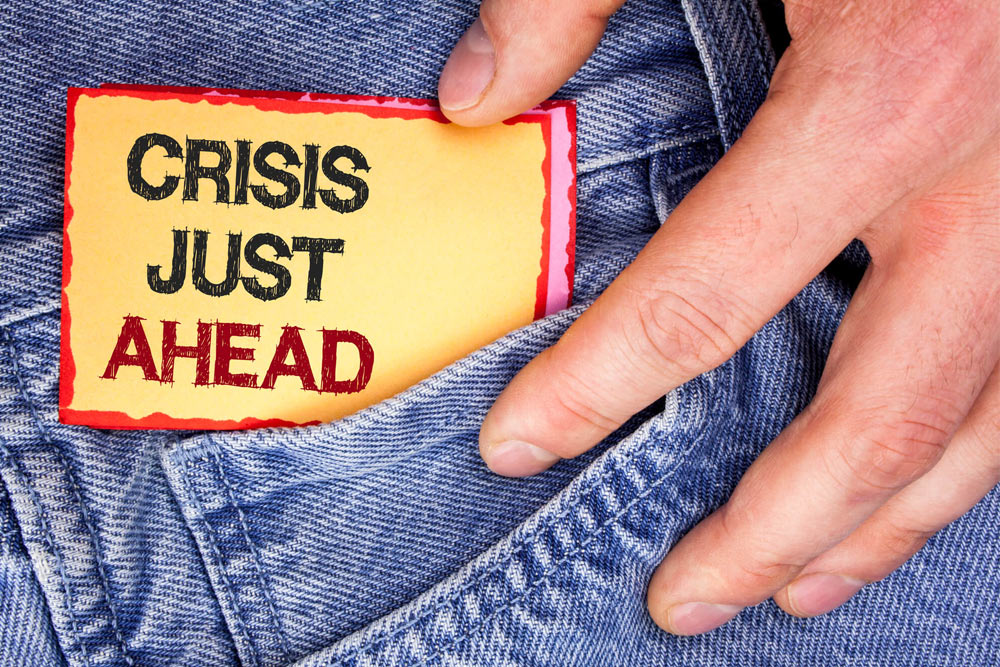It is a rare soul in this world who does not experience some type of trauma during childhood, adolescence or early adulthood. Trauma can shape our outlook on life and our behaviors, both emotionally and psychologically. Trauma’s impact can be quite profound, hindering our growth and development. It’s negative effects can last years, even decades.
The bad news is that trauma happens.
The good news is: you can understand trauma and heal from it. It may not be an overnight healing (though this does occur), but healing will come through dedicated effort and work on your psychological well-being.
Let’s take a look at what trauma is and the two main types of trauma so that you can better understand what happened and how you can start the healing process:
Defining Trauma
Before we dive into types of trauma, it might be a good time to define exactly what trauma is. Here is a great explanation by David Spiegel, MD, Associate Chair of Psychiatry at Stanford University:
“Trauma can be understood as the experience of being made into an object; the victim of someone else’s rage, of nature’s indifference, or of one’s own physical and psychological limitations. Along with the pain and fear associated with rape, combat trauma, or natural disaster come a marginally bearable sense of helplessness, a realization that one’s own will and wishes become irrelevant to the course of events, leaving either a view of the self that is damaged; contaminated by humiliation, pain, and fear that the event imposed, or a fragmented sense of self.”
In short, trauma is extreme stress that overwhelms one’s ability to cope. It is any experience which changes who we understand ourselves to be or reduces who we are. Traumatic events with their overwhelming emotional intensity reduces us to less than who we were before the event.
Types of Trauma
Trauma can be classified into two type forms, Type I and Type II trauma. Knowing which type of trauma you have experienced can help you understand the impact of the trauma.
Type I trauma is a single-incident trauma and usually carries a lower risk of developing Post-traumatic Stress Disorder (PTSD). Some examples of Type I trauma are:
- Community Violence – robbery, shootings, stabbings, beatings or other violence that comes from personal conflicts between people who are not family members
- Natural Disasters – any natural catastrophe, fire, flood or explosion
- Terrorism – violence resulting from man-made disasters
- Refugee Trauma – exposure to war, political violence or torture
Type II trauma is interpersonal trauma which usually involves the fundamental betrayal of trust in primary (family) relationships. Type II trauma is also known as complex trauma and involves a much higher risk of PTSD developing in your life. Here are some examples of Type II trauma:
- Neglect – when a parent or caregiver does not give a child the care needed according to the child’s age
- Physical Abuse – any action willfully causing or attempting to cause physical pain or injury
- Domestic Violence – actual or threatened physical abuse between adults
- Sexual Abuse – inappropriate touching, sexual kissing, intercourse, sharing of a parent’s sexual experience with a child
Psychological Effects of Trauma
Trauma causes psychological wounds at every developmental stage of growth. It can have a profound impact on our brain and our behavior. Trauma can lead to the following psychological wounds during developmental stages:
Infancy 0-2 years: Mistrust and Anxiety
Toddler 18 mos. To 3 years: Shame and Self-Doubt
Preschool 3-5 years: Guilt and Passivity or Aggression
School Age 6-12 years: Inferiority and Lack of Belonging
Adolescence 12-18 years: Identity Confusion (Dogmatism)
Young Adulthood 18-35 years: Isolation and Withdrawal
Middle Adulthood 35-55 years: Self-Absorption and Stagnation
Late Adulthood 55 years to death: Despair and Emptiness
Dr. John Rigg, a brain injury medicine doctor, has observed how the brain is constantly reacting to sensory information, causing non-thinking reactions before our intelligent human brains are able to process the event. Below is a video of the effect that trauma has on the brain and our behaviors:
The brain does not like being relationally and emotionally overwhelmed. It experiences profound distress when it is unable to internally regulate problems and negative life experiences. An overwhelmed brain can look for a source of relief externally. A traumatized brain will look for relief in the form of anything that brings temporary pleasure and numbs the pain. Here the danger of developing an addiction sets in, for once the brain discovers a behavior or substance that offers pleasure and relief, it will return to it again and again, every time there is distress.
Healing From Trauma
So, how do you heal from trauma? It is largely a process that you explore through psychotherapy. Some of the trauma therapy processes include:
- Education – learning more about the vulnerabilities trauma creates and ways to cope with it
- Emotional Regulation – identifying negative feelings and helping to control emotional outbursts
- Cognitive Processing – change the negative perceptions and beliefs about the self, other people, or your environment to positive ones
- Trauma Processing – desensitizing and resolving traumatic material to minimize being triggered
- Emotional Processing – helping you change the perceptions, beliefs and wrong expectations to form new responses
- Experiential Processing – helps you to visualize a better, more relieved state and offers relaxation methods
There are a number of psychotherapy approaches that have been designed with the treatment of trauma in mind: cognitive behavioral therapy, cognitive processing therapy, dialectical behavior therapy, exposure therapy, EMDR, progressive counting, somatic experiencing, and sensorimotor psychotherapy. Be sure to consult a licensed mental health counselor to determine which therapy will be best for you.
The effects of trauma do not have to rule your life. By understanding trauma and the resulting behaviors, you can start your journey towards healing and wholeness in your life.






























